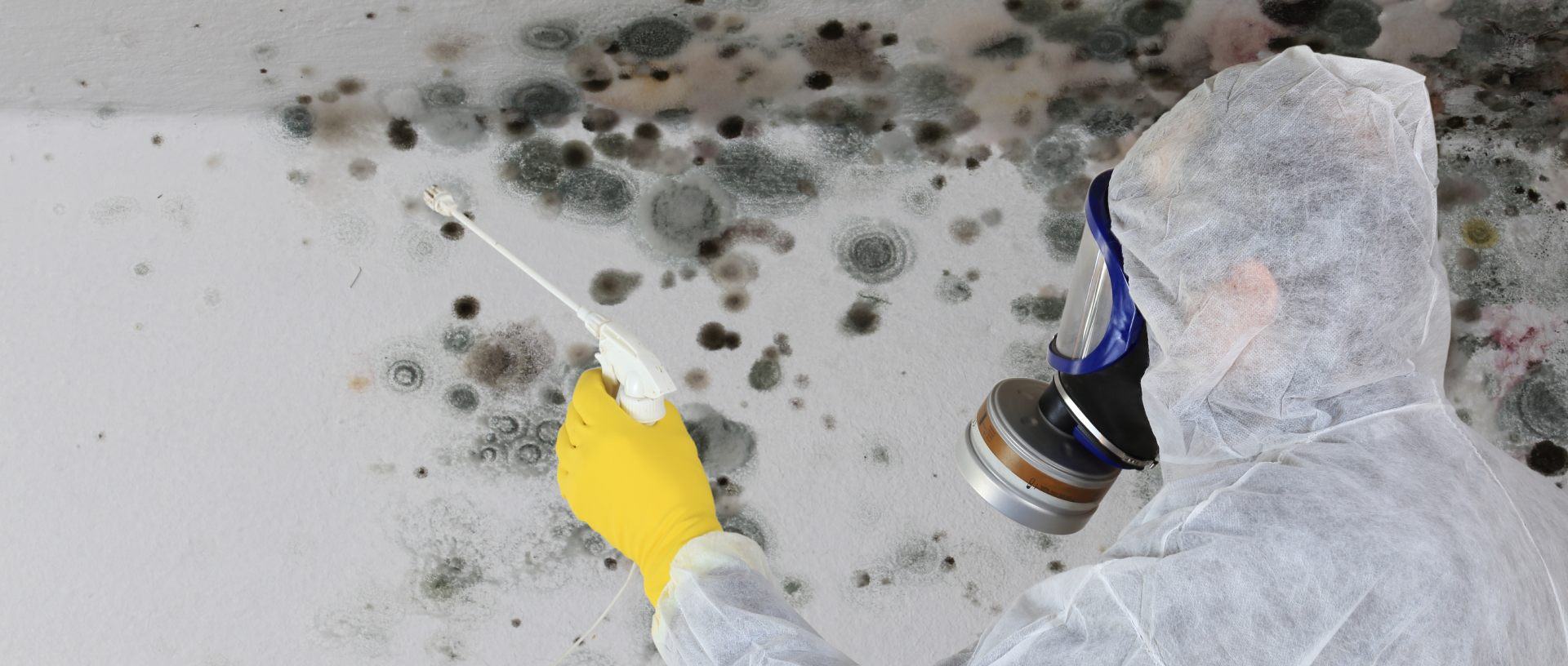Indoor air quality is comprised of many factors. Ventilation and filtration are the top two recommendations for improving indoor air quality, according to governmental agencies like the U.S. Environmental Protection Agency (EPA) and the Centers for Disease Control and Prevention (CDC). Clean Air in Buildings Challenge | US EPA
Follow along as we suggest best practices and recommendations to prevent indoor air pollution and assure the indoor air you share with others is safer and healthier to breathe.
In this series we will be covering indoor air pollutants causing poor indoor air quality and solutions for preventing and mitigating these problem areas. There is an extensive list of indoor air pollutants causing poor indoor air quality. Learn more about air pollutants here: Understanding Indoor Air Quality – IAQ by Erlab
Considering the recent flooding from the devastating Hurricanes Helene and Milton, we will be covering the topic of mold, as an indoor air pollutant, in this month’s blog post. Learn the types of conditions conducive to its growth, where to look for it, the health effects it can have on occupants, and strategies to prevent growth.
Mold grows best in certain conditions and environments. Moisture, water damage and high humidity provide perfect conditions for mold growth. Poor ventilation can trap moisture indoors and promote the accumulation of mold spores. Molds are in the air everywhere but, once they land on organic and porous materials like drywall, wood, paper, and fabric, they can quickly proliferate. Additionally, warm temperatures and dark spaces are the most suitable environments for mold to thrive.
Places you will most often find mold are in bathrooms, locker rooms, inside HVAC systems, in ceilings and ceiling tiles, basements, crawl spaces, kitchens, storage areas, around windows and doors, and in areas where there is plumbing. It is important to regularly inspect these areas for moisture and maintain it with proper ventilation and moisture control. It is important to act quickly after a moisture event as mold can develop in 24-48 hours. Molds in the Environment | Johns Hopkins Medicine
Mold can seriously affect the health of building occupants; especially those with pre-existing conditions like asthma and allergies, immunocompromised, the elderly and children. The most common reactions are sneezing, nasal congestion or runny nose, red, burning, itchy, or watery eyes, wheezing, shortness of breath, chest tightness, coughing, sore throat, skin irritation and rash. Allergic reactions from mold can vary by individual and by the type of mold. People working or living in the same environment may become extremely sick from mold exposure, while others may be unaffected. Not all molds are dangerous, but some can create toxic compounds called mycotoxins which can cause severe illness. Mold allergy – Symptoms & causes – Mayo Clinic
Ventilation and humidity control are the keys to mold prevention. Ventilation dilutes the concentration of mold spores, and it can also dry the environment by increasing air circulation. Due to the small size of mold spores, utilizing HEPA (High-Efficiency Particulate Air) filtration and Coanda airflow patterns, like what the Halo Ceiling Mounted Air Purification Station offers, is the optimal choice for mitigation. By using HEPA filtration and complete room air mixing, you can effectively reduce the number of mold spores in the air, which helps improve indoor air quality and reduces the risk of mold-related health issues. National Institute of Environmental Health Sciences: Indoor Air Quality
Facilities and building managers can take proactive steps to prevent and address mold issues. Regular inspections, proper ventilation, and moisture control are key to maintaining a mold-free environment and assuring healthier indoor air quality.
Want to learn more about mold and remediation strategies?
Visit Change the Air Foundation: https://changetheairfoundation.org/faq/
For the best commercial clean air solutions call (800) 964-4434 or email the air safety experts at Erlab today! [email protected]



